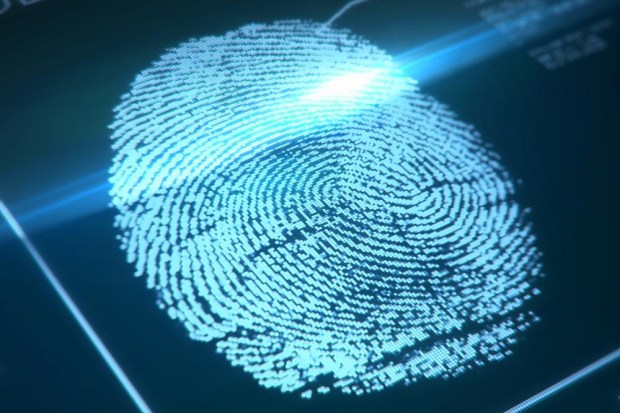India Finds Rough Going With Digital ID Rollout

The movement by India to embrace a digital ID system is hitting some snags, The Wall Street Journal reported.
The technology-driven system uses biometric identification, including eye scans and fingerprints, and has the ambitious goal of serving as an identification system for all 1.3 billion Indians. WSJ noted that the use of such ID methodology is one where promise may outstrip reality, at least for now. The idea is that there would be improved tracking of state food and fuel rations, extending eventually to, among other things, daily banking activity. The goal is to reduce paperwork tied to those services.
The program, known as Aadhaar, traces its genesis to 2009, and the problem now lies with the fact that many Indians, according to WSJ, “live off the grid or have fingerprints compromised by manual labor or age.” There’s also an issue with duplicates, which occur when one individual’s biometric data matches another’s.
Yet, in an interview with WSJ, the head of the agency that oversees the program, Ajay Bhushan Pandey, said that the system works as much as 92 percent of the time, a tally that will increase to about 95 percent.
